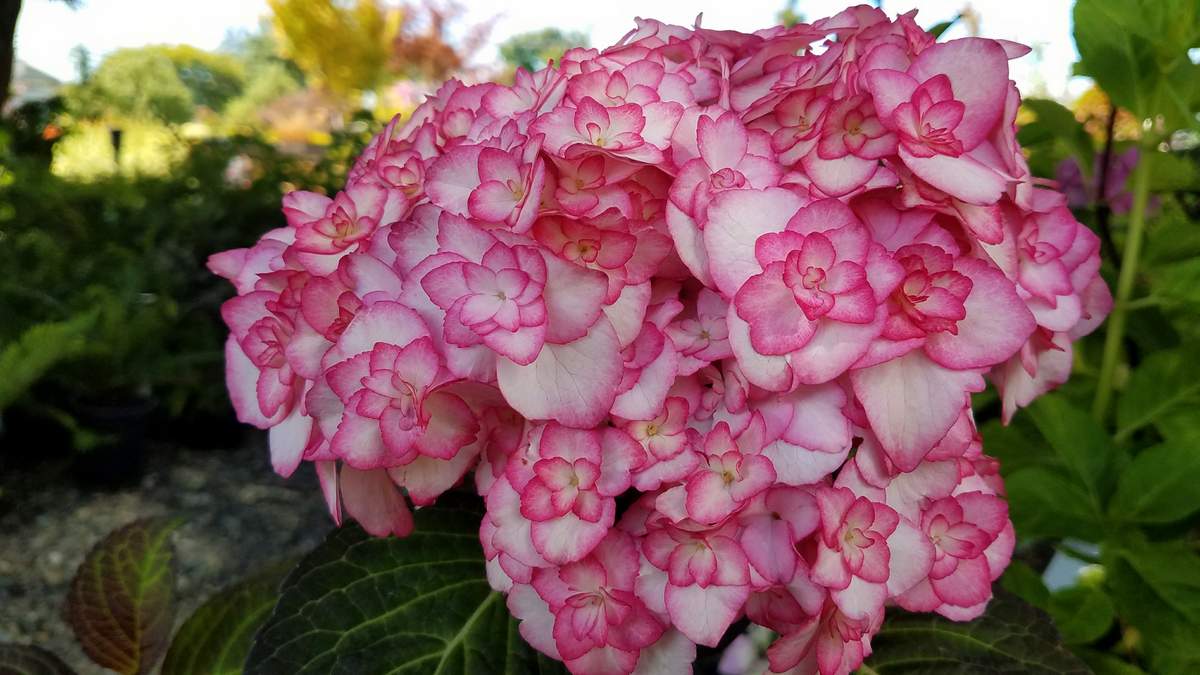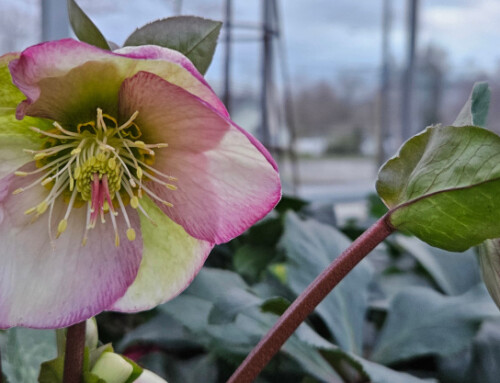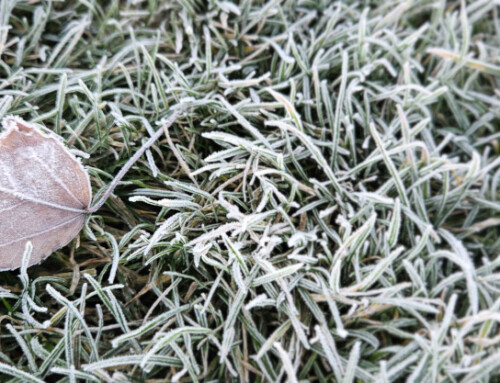Late summer is upon us, and with it, the joys of eating dinner on the deck and relishing the last weeks of warm weather before autumn arrives. Besides back-to-school shopping, late summer is the perfect time to schedule some preventative insect control for your lawn, prune some shrubs, and show your flowers and hanging baskets some extra love.
First, now is a crucial time to apply grub killer to your lawn for controlling cranefly larvae. Craneflies hatch in late summer and quickly develop into a grub that will overwinter in your grass, eating its way through your lawn’s root system during the colder months. Unfortunately, by the time the brown, dead patches show up next spring, it’s too late. Apply granular Eight insecticide now to kill craneflies and other grubs that could damage your turf.
One additional benefit of applying grub control to your lawn is mole control. Like any living thing, moles need food to survive, and grubs are one of their main food sources. By keeping your grub population in check, you’ll make your lawn less appealing for moles to set up shop, and they’ll likely move on in search of better eating.
Second, mid-August to early September is the perfect time to prune macrophylla and quercifolia hydrangeas. What are those, you say? Macrophylla hydrangeas are the most common types, commonly known as mophead and lacecap varieties. Picture your standard ball-shaped hydrangea flower—that’s a mophead—while lacecaps have a ring of large petals surrounding a cluster of very fine, delicate blossoms on each flower head. As for quercifolia hydrangeas, you probably know them as oakleaf, distinguished by their cone-shaped flowers and unique foliage that looks like (you guessed it!) oak leaves.
The reason to prune these types of hydrangeas now is simple: many varieties of macrophylla and quercifolia hydrangeas bloom only on old wood, or the previous year’s growth. To ensure that you don’t accidentally prune off a flower bud for next year, you need to prune early enough in the growing season to allow your plant a chance to recover and put out some new growth (and buds) before autumn. For my hydrangeas, I prune as soon as I see the flowers starting to turn brown, typically mid-August.
If your hydrangeas don’t fall into either the macrophylla or quercifolia categories—Annabelle and panicle hydrangeas are two other main types—you can safely prune them later this fall or next spring. And if you have a macrophylla hydrangea that’s a rebloomer, it can safely be pruned anytime as well. If you’re unsure what type of hydrangeas you might have, or to learn more, check out our article dedicated to hydrangeas!
Finally, late summer is when your flowers could use a little extra care to finish the season strong. Maybe you went on vacation and your neighbor kid didn’t care for your hanging baskets properly, or maybe the heat of the last several weeks has stressed out some of your flowers. In any case, stressed plants combined with higher insect populations in late summer can leave your flowers infested with any number of bugs.
One of the more common yet lesser-known insects affecting flowers this time of year is thrips. These tiny, oblong insects suck the juices out of a plant’s leaves and flowers, leaving them scarred or stunted. Thrips tend to find shelter during the heat of the day, so spray an insecticide like Bonide Neem Oil early or late in the day when the bugs are active for best control. Both insecticides work on many insects, including aphids and mites, so whatever is attacking your plants, you won’t need a separate product for each pest.
Make the most of these last weeks of summer—and show your lawn and garden a little love to keep going strong!








What is the best way to finally get rid of morning glory?
Hi Patty,
Morning glory is unfortunately very difficult to completely eradicate. In my own yard, I’ve found it’s best to try to pull or cut back anything that I catch sprouting, and when it gets away from me, I spray it with Roundup. In several instances, it’s eventually given up when I’ve been diligent about keeping it sprayed and pulled…but if you’ve got a bad infestation, it may take awhile.